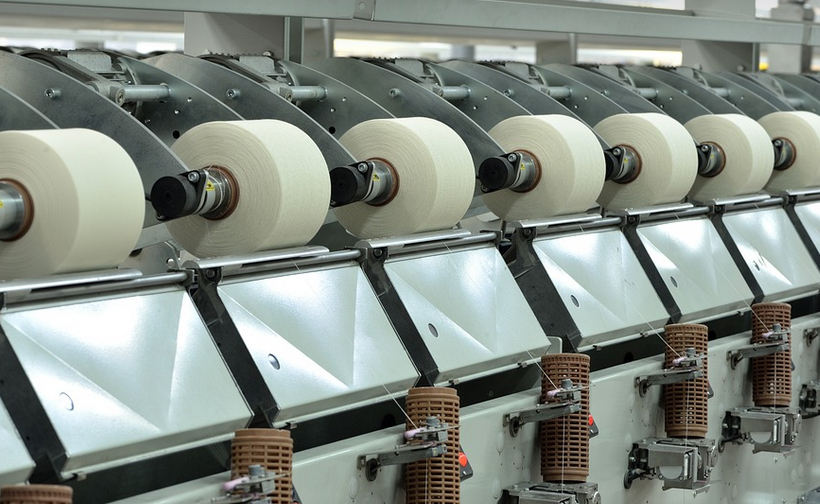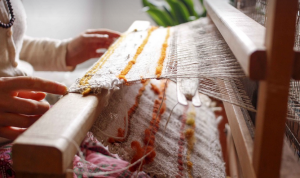
A Closer Look at the Industry’s Challenges
The cotton industry is facing a whirlwind of challenges in 2024, making it an incredibly important year to understand how this staple material will shape our future. From climate change impacts to evolving consumer demands, the landscape of cotton production and consumption is shifting dramatically. This year’s focus on sustainability, transparency, and ethical practices is crucial as we navigate a path towards a greener and more responsible textile industry.
One of the most pressing concerns surrounding cotton cultivation is water usage. Cotton plants require significant amounts of water to thrive, and this demand can put a strain on already scarce resources in many regions. The traditional methods of irrigation often involve excessive watering, leading to inefficient use and environmental degradation. This has sparked a growing need for innovative solutions that minimize water consumption without compromising cotton quality or yield.
Climate change is another significant challenge for the future of cotton. Extreme weather events like droughts and floods are becoming more frequent, impacting crop yields and ultimately disrupting supply chains. Farmers face an uphill battle to adapt to these unpredictable conditions while maintaining profitability. This requires a proactive approach, including using climate-resilient varieties of cotton, implementing drought-tolerant farming practices, and investing in research and development of sustainable agricultural techniques.
The rise of consumer awareness regarding the environmental impact and ethical considerations of their clothing choices is reshaping the industry. Consumers are becoming more conscientious about where their clothes come from, demanding transparency and sustainability from brands. This shift has created a demand for cotton that’s grown in a more sustainable and responsible way.
One of the key aspects of this demand for ethical practices is the emphasis on organic farming. Organic cotton production eliminates harmful chemicals and pesticides, promoting soil health and biodiversity. This method reduces water pollution and enhances air quality while yielding healthier, safer textiles for consumers. It’s an approach that aligns with growing consumer preferences for environmentally friendly products.
Another crucial aspect of the sustainability movement is the focus on fair trade practices. Ensuring workers are paid fairly and working conditions are decent is paramount within the cotton industry. Fair trade certification verifies these standards, guaranteeing ethical production across the supply chain. Consumers want to know they’re contributing to a system that prioritizes worker well-being and societal development.
The rise of innovative technologies presents an opportunity for the cotton industry to create a more sustainable future. Precision agriculture techniques like sensor technology allow farmers to monitor soil conditions, water usage, and pest infestations in real time, leading to more efficient irrigation practices and reduced dependence on harmful chemicals. This precision allows for optimized resource allocation, minimizing waste and maximizing crop yields.
Vertical farming is another innovative approach that promises a greener future for cotton production. By growing cotton in controlled indoor environments with optimal climate control and lighting, vertical farms can reduce water usage significantly while maintaining high quality yields. The reduced environmental footprint makes it an attractive option for sustainable textile production.
Moreover, research into bio-based materials like cellulose nanofibers stands to revolutionize the textile industry. These fibers, derived from cotton sources, offer a range of unique properties including strength, durability, and water resistance. This opens up possibilities for creating eco-friendly fabrics that are both cost-effective and sustainable.
The future of cotton hinges on embracing these innovative technologies and practices. By combining traditional farming methods with cutting-edge solutions like vertical farming and bio-based materials, the industry can move towards a more sustainable and responsible model. This shift will ensure that the next generation enjoys the benefits of this vital material without compromising environmental integrity or social fairness.
Ultimately, the future of cotton lies in its ability to adapt and evolve alongside changing needs and priorities. By prioritizing sustainability, ethical practices, and technological innovation, the industry can pave the way for a brighter and more sustainable future for all.



